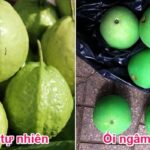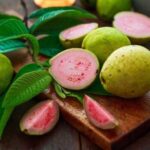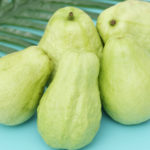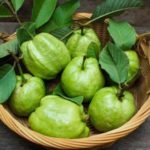Guavas are a unique fruit packed with nutrients, especially ripe guavas that are rich in fiber and vitamin C, offering a range of health benefits. This article will guide you through choosing the perfect guava that is crisp and sweet.
Selecting the Perfect Guava: Crisp and Sweet
A perfectly ripe guava is a delight, offering a beautiful balance of crispness and sweetness. Overripe guavas tend to lose their crispness, while underripe ones are hard and astringent. The ideal guava should have an intense sweetness with a hint of tartness and, most importantly, a satisfying crunch. Here are some tips to help you choose the best guavas.
Inspect the Guava’s Skin
A well-shaped guava with a symmetrical appearance is often a good sign. It should feel firm but not too hard when held. Avoid guavas that are misshapen or uneven. Beyond shape, pay close attention to the skin texture. Traditionally, the skin of a delicious guava tends to have a slightly rough, bumpy appearance. These guavas often have more flesh and less seed, making them tastier. On the other hand, guavas with smooth, shiny skins tend to be less flavorful, with a softer, more spongy texture. It is also advisable to choose guavas that are just ripe, avoiding those that are bruised or wilted.
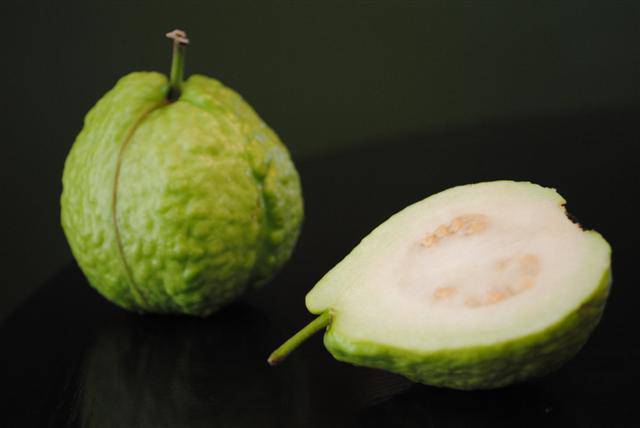
Choosing the perfect guava: Look for a guava with a light green color and a slightly rough texture. (Photo: Fruit Maven)
Color Observation
The color of a guava’s skin is a good indicator of its ripeness. Most people prefer guavas that are just ripe, as they offer a balance of sweetness and tartness. Some people enjoy guavas that are still a bit green, retaining a hint of sourness, while others prefer fully ripe guavas for their intense aroma, soft texture, and sweetness. Different guava varieties will have varying skin colors when ripe. However, generally, a ripe guava has a light green hue with a hint of yellow. Naturally ripened guavas will have an even, bright yellow tint. Guavas that are too green, lacking any yellow hue, are likely underripe and will be harder and more astringent. As the yellow color intensifies, the guava becomes softer and loses its slight sourness.
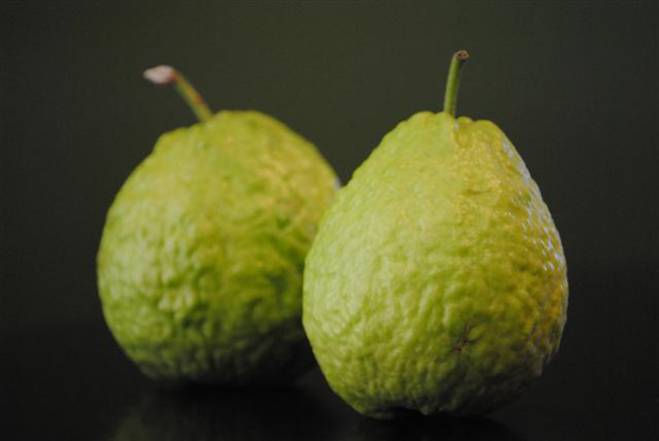
Use color as a guide to choose the ripeness that suits your taste. (Photo: Fruit Maven)
Weight and Firmness Check
When selecting a guava, pick one that feels heavy for its size, as this indicates a higher water content and crispness. Lighter guavas are usually overripe. Gently press the surface of the guava with your finger; if it feels firm yet slightly yielding, it is fresh.
Examine the Stem and Leaves
Freshly picked guavas will have vibrant green leaves and stems. Look for guavas with fresh, moist stems and leaves, as this indicates that the fruit is recently harvested and well-hydrated. The flesh near the stem of a ripe guava will be slightly softened and have a hint of yellow. If the flesh near the stem is still green and firm, the guava is likely underripe and will not taste as good.
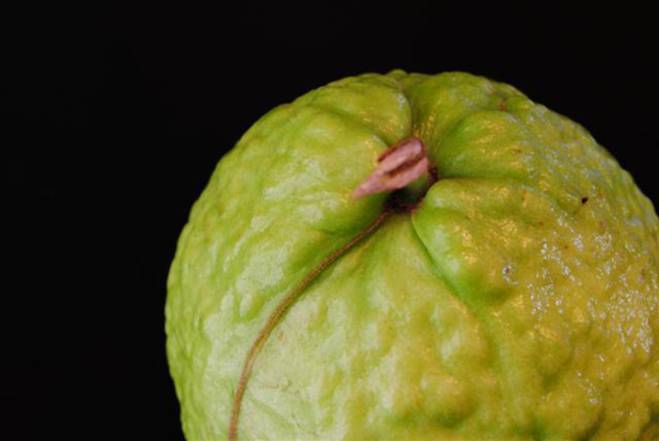
Freshly picked guavas with slightly yellow flesh near the stem are likely to be just ripe and offer the perfect balance of sweetness and crispness. (Photo: Fruit Maven)
Inspect the Guava’s Navel
The navel of a guava is where the stigma and stamens were attached. The more open the navel, the riper the guava. A tight, small navel indicates an unripe guava, while a slightly open navel suggests a perfectly ripe fruit.
Source: VTC news
How to Choose a Delicious Guava Free of Harmful Chemicals
Mangoes are a popular fruit in Vietnam, loved for their delicious taste, nutritional benefits, and affordability. Unfortunately, some unscrupulous sellers take advantage of consumers by soaking these fruits in harmful chemicals to increase their profits. This raises a crucial question: How can consumers avoid purchasing mangoes treated with chemicals and ensure they are getting a safe and healthy product?
“Boost Your Child’s Immunity and Brain Power with This Common Vietnamese Fruit: A Four-Fold Vitamin C Punch”
“The humble guava is a nutritional powerhouse, packed with vitamins and minerals that offer a plethora of health benefits. Doctors and nutritionists alike rave about its exceptionally high levels of Vitamin C and Vitamin A, which are essential for boosting immunity, promoting eye health, and enhancing cognitive function in children. This unassuming fruit is truly a gift of nature, offering a delicious way to support your overall well-being.”
The Ultimate Guide to Varieties of Guava: Where to Buy and Price Guide
Guava is a beloved fruit in Vietnam, often enjoyed as a dessert or a tasty snack after meals. With a plethora of guava varieties available in the country, today we delve into the most popular types that you can find. At [Company Name], we pride ourselves on offering an extensive range of guava fruits of the finest quality and at the most competitive prices in the market.


























